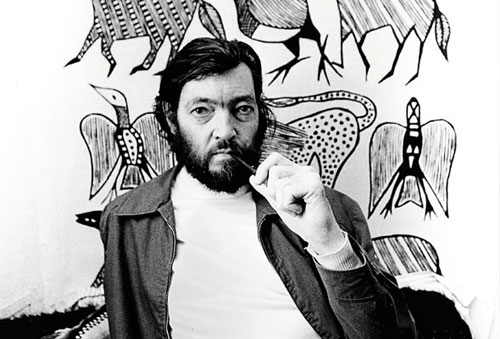Interactions between contemporary art and other disciplines are evident, they have become increasingly frequent. Boundaries are blurred and it is not possible to draw a line separating these two different disciplines anymore, including art as “fine arts” or “decorative arts”, between design and art, between art and cuisine.

Cuisine? Is it possible to propose cuisine as art? The answer is yes, of course, if one considers a certain trend in contemporary art that has turned into a “relational aesthetics”, as defined by the French critic and curator Nicolas Bourriaud. It is about highly artistic practices that strongly involve the audience (creating specific relationships with the work, which ceases to exist as such without the participation of an audience) and that have recently turned to the world of cuisine, that is to say: a social aggregation situation and union par excellence. The first one to open this trend was the Thai Rikrit Tiravanija, leading directly his wok to galleries and cooking for the visitors. Tiravanija´s work has not been brought into discussion regarding art, since from its beginning it was intended to be considered an artistic action, and it is known that the aim of the author is now one of the few opportunities we have to discern what is art and what is not (although in some cases it seems that also this distinction is no longer relevant).
What is questioned regarding the work of Ferran Adrià is somewhat different. When, in 2007, he was invited to the international art fair Documenta 12 (Kassel) his participation sparked contrasting feelings and some anger among the ´orthodox´ artists that were left out of the exhibition. It was stressed that his role is to be a chef, not an artist, and that a high degree of technique and craft invention are not enough for production to become art. However, the Catalan chef (born in Hospitalet de Llobregat in 1962) has introduced important changes in the conception of cuisine, often working from the sensory experience of his guests (i.e. tending somehow to the “aesthetic” experience of eating), to the point of being compared to Picasso and Miro for his “creative transcendence in his discipline” by Professor Christopher Fynsk of Aberdeen. In his experimental temple, the restaurant El Bulli, he has worked in the “deconstruction” decontextualizing this practice of the art world. It consists in isolating the different ingredients of a dish by deconstructing them and reassembling them in a different, unusual way, changing their texture and presentation, but leaving unchanged the taste. Today, El Bulli is still working and attracting a huge number of visitors, although each year only about 8000 people have the privilege of sitting at their desks. In parallel, Adrià continues his research at the Foundation Alicia, in Barcelona, where a group of experts and scientists are working on the optimization of techniques such as “esterification” and the creation of foams using traps and liquid nitrogen.
 menschauser
menschauser
If you want to know about this controversial and innovative project, you can rent apartments in Barcelona and try to respond to the historic – and very contemporary – question: What is art?

 English
English